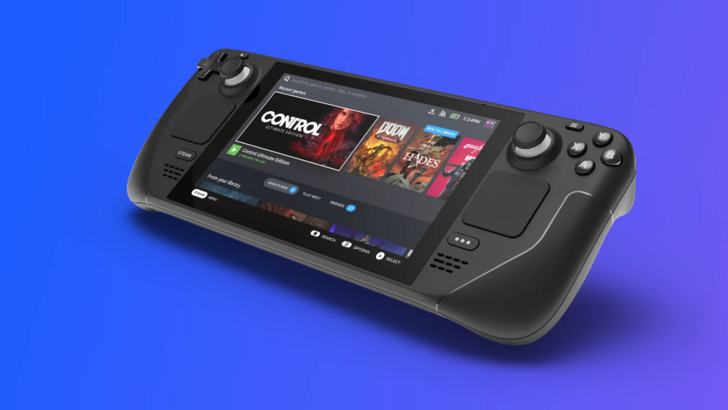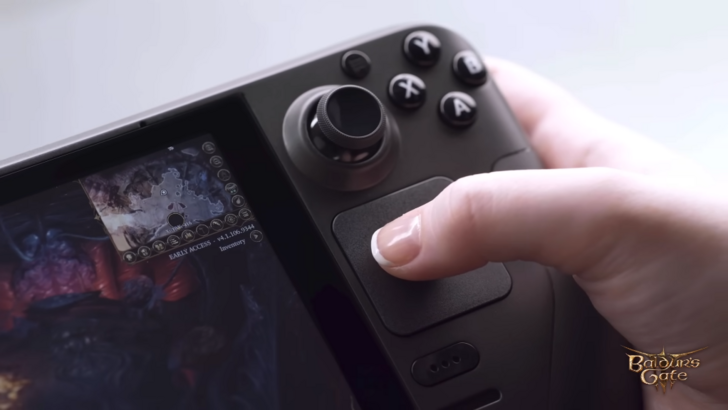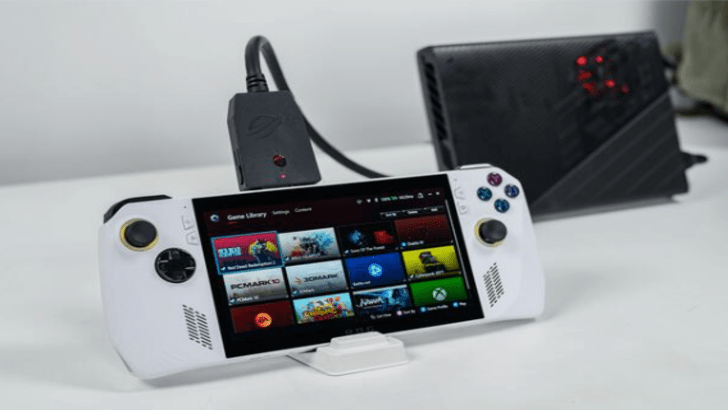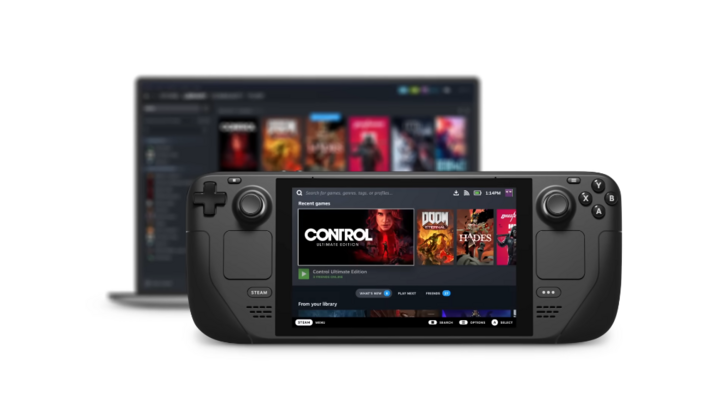
Valve's Steam Deck bucks the trend of annual hardware upgrades, unlike the smartphone industry. This article explores the reasoning behind this decision, as explained by Steam Deck designers Lawrence Yang and Yazan Aldehayyat.
A Focus on Substantial Improvements, Not Annual Iterations

Valve prioritizes significant, generational leaps in technology rather than incremental yearly updates. Yang stated that releasing yearly updates with only minor improvements is unfair to consumers. The company aims for substantial upgrades, ensuring any new version justifies the cost and wait. Maintaining battery life is also a key consideration.
Aldehayyat highlighted Valve's commitment to resolving user issues, particularly concerning playing PC games on the go. While acknowledging room for improvement, they celebrate the innovation spurred by the Steam Deck, even welcoming competition. They specifically cite the Steam Deck's touchpads as a valuable feature lacking in some competitors, such as the ROG Ally.

Regarding the OLED Steam Deck, Aldehayyat mentioned that a variable refresh rate (VRR) was a desired feature that couldn't be implemented in time. Yang clarified that the OLED model was a refinement of the original, not a second-generation device. Future models will likely address battery life improvements, though technological limitations currently exist.

Competition and Global Rollout
The Steam Deck faces competition from devices like the Asus ROG Ally and Ayaneo products. However, Valve views this as a positive catalyst for innovation in the handheld PC gaming market, rather than an "arms race." They are excited to see the various design approaches from competitors.

The staggered global rollout of the Steam Deck, with its recent launch in Australia in November 2024, may have influenced Valve's decision. Yang explained the complexities of international distribution, including financial due diligence, logistics, and customer support. Aldehayyat added that while Australia was a target market from the start, establishing the necessary infrastructure took considerable time.

The Steam Deck remains unavailable in several countries, including parts of Southeast Asia and South America. While unofficial channels exist, users in these regions lack access to official support and warranties. Conversely, the device is readily available in North America, much of Europe, and select Asian markets.















